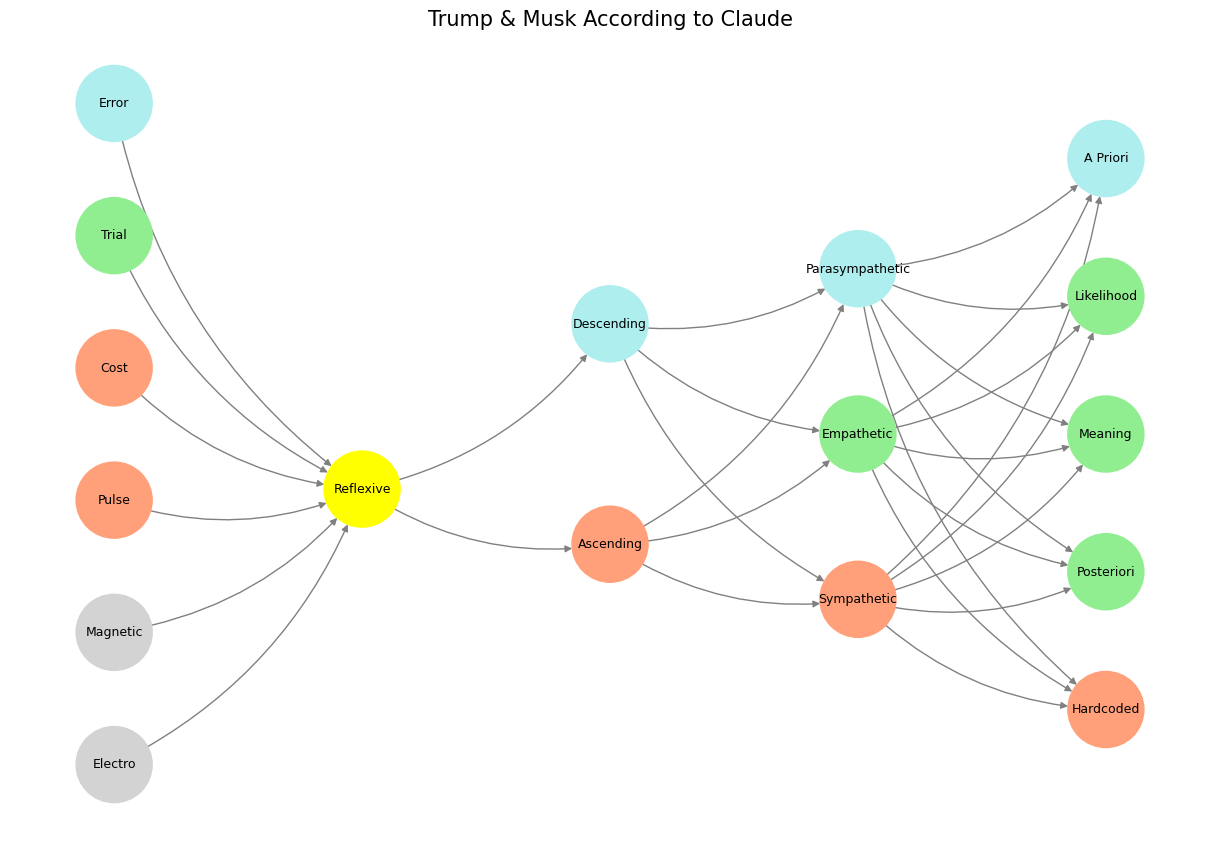Apollo & Dionysus#
The Limits of the Visual: Literature’s Struggle in Film Adaptation#
The notion that a picture is worth a thousand words has become a truism, but it often collapses under the weight of literary adaptation. Some texts, particularly those rich in poetic language and philosophical introspection, resist translation into film because their essence is not visual but verbal. The Razor’s Edge, in its Bill Murray adaptation, provides a case study in this limitation. What was once a deeply interior novel, suffused with the narrator’s linguistic elegance and descriptive power, becomes something else entirely when rendered through images. The result is often a sense of loss—of poetry, of metaphor, of the author’s distinctive rhythm—replaced by cinematography that, however competent, lacks the original’s textual resonance.
This is not a new struggle. Many of the most verbally rich works in English literature suffer in adaptation, precisely because their magic lies not in what they describe but in how they describe it. Oscar Wilde, for instance, is particularly vulnerable. His work is not just about wit but about the precision of his language, the sculpted perfection of his phrasing. When transferred to film, his sharp, epigrammatic style often falls flat or is dulled by naturalistic performances that fail to capture the musicality of his sentences. Even when actors faithfully recite his lines, something in the medium itself disrupts the rhythm, making what is incandescent on the page seem oddly forced or stilted on screen.

Fig. 14 Trump—Flanked By Larry Ellison, Sam Altman, & Masayoshi Son—Announces Project Stargate. President Trump, flanked by top tech executives and AI experts, announces a major new AI initiative called Project Stargate. Our App provides infrastructure that connects this to the academic medicines workflows#
Shakespeare provides a more complex example, as his works were written for performance. Yet even here, the adaptations that succeed tend to do so because they acknowledge the primacy of the text rather than attempting to translate it entirely into visual spectacle. Kenneth Branagh’s Hamlet and Henry V succeed not because they reinvent Shakespeare but because they trust in his words. Branagh’s Hamlet, in particular, is a rare instance in which a film version of a literary work can feel richer than what the mind alone might conjure. This is because Branagh, like a great conductor interpreting a composer, understands the text’s music and does not seek to replace it with visuals but rather to complement it. Patrick Stewart’s Macbeth achieves something similar, not by overwhelming the audience with spectacle but by deepening the psychological weight of the play through performance that seems to excavate every layer of Shakespeare’s language.
But such adaptations are the exception. Most literary films, particularly those drawn from novels where the narrator’s voice is a defining feature, falter because they do not understand the irreplaceable power of the written word. Visual storytelling is not a substitute for literary style; it is an entirely different language. A great film director must be, in effect, a translator—someone who grasps not just the plot but the texture, the cadence, the very spirit of the prose. Too often, directors assume that images can simply replace words, that the atmospheric beauty of a landscape shot can stand in for a carefully wrought passage of description. But it is rarely so. A sentence by W. Somerset Maugham, laden with nuance and irony, cannot be meaningfully distilled into a pensive gaze across a mountain range.
This is not to say that literature and cinema are always at odds. Some adaptations succeed by reimagining rather than translating directly. A film like There Will Be Blood, loosely inspired by Upton Sinclair’s Oil!, succeeds not because it is faithful to its source but because it transforms it into a cinematic language of equal weight. Similarly, Stanley Kubrick’s The Shining does not replicate Stephen King’s novel but instead creates something distinctively filmic while maintaining a psychological intensity akin to literature. Yet when a film attempts to closely follow a novel that derives its power from narration, from the way the words themselves are constructed, the result is almost inevitably unsatisfying.
Ultimately, literature and film are different art forms, and their greatest achievements are often incommensurable. The most profound moments in literature occur in the mind—where imagination, voice, and meaning intertwine in ways that film, no matter how artfully composed, cannot replicate. This does not mean adaptation is impossible, only that it requires more than mere fidelity to plot. It requires an understanding that literature, at its highest level, is not just about what is said but about how it is said. When that understanding is absent, what remains is often a pale echo of something once luminous.
Show code cell source
import numpy as np
import matplotlib.pyplot as plt
import networkx as nx
# Define the neural network fractal
def define_layers():
return {
'World': ['Electro', 'Magnetic', 'Pulse', 'Cost', 'Trial', 'Error', ], # Veni; 95/5
'Mode': ['Reflexive'], # Vidi; 80/20
'Agent': ['Ascending', 'Descending'], # Vici; Veni; 51/49
'Space': ['Sympathetic', 'Empathetic', 'Parasympathetic'], # Vidi; 20/80
'Time': ['Hardcoded', 'Posteriori', 'Meaning', 'Likelihood', 'A Priori'] # Vici; 5/95
}
# Assign colors to nodes
def assign_colors():
color_map = {
'yellow': ['Reflexive'],
'paleturquoise': ['Error', 'Descending', 'Parasympathetic', 'A Priori'],
'lightgreen': ['Trial', 'Empathetic', 'Likelihood', 'Meaning', 'Posteriori'],
'lightsalmon': [
'Pulse', 'Cost', 'Ascending',
'Sympathetic', 'Hardcoded'
],
}
return {node: color for color, nodes in color_map.items() for node in nodes}
# Calculate positions for nodes
def calculate_positions(layer, x_offset):
y_positions = np.linspace(-len(layer) / 2, len(layer) / 2, len(layer))
return [(x_offset, y) for y in y_positions]
# Create and visualize the neural network graph
def visualize_nn():
layers = define_layers()
colors = assign_colors()
G = nx.DiGraph()
pos = {}
node_colors = []
# Add nodes and assign positions
for i, (layer_name, nodes) in enumerate(layers.items()):
positions = calculate_positions(nodes, x_offset=i * 2)
for node, position in zip(nodes, positions):
G.add_node(node, layer=layer_name)
pos[node] = position
node_colors.append(colors.get(node, 'lightgray'))
# Add edges (automated for consecutive layers)
layer_names = list(layers.keys())
for i in range(len(layer_names) - 1):
source_layer, target_layer = layer_names[i], layer_names[i + 1]
for source in layers[source_layer]:
for target in layers[target_layer]:
G.add_edge(source, target)
# Draw the graph
plt.figure(figsize=(12, 8))
nx.draw(
G, pos, with_labels=True, node_color=node_colors, edge_color='gray',
node_size=3000, font_size=9, connectionstyle="arc3,rad=0.2"
)
plt.title("Trump & Musk According to Claude", fontsize=15)
plt.show()
# Run the visualization
visualize_nn()


Fig. 15 Change of Guards. In Grand Illusion, Renoir was dealing the final blow to the Ancién Régime. And in Rules of the Game, he was hinting at another change of guards, from agentic mankind to one in a mutualistic bind with machines (unsupervised pianos & supervised airplanes). How priscient! Everybody has an opportunity to drive a futuristic electric truck, through a gigantic underground tunnel, while using a digital connection in their brain to launch a rocket, while simulaneously getting updates on army football.#

